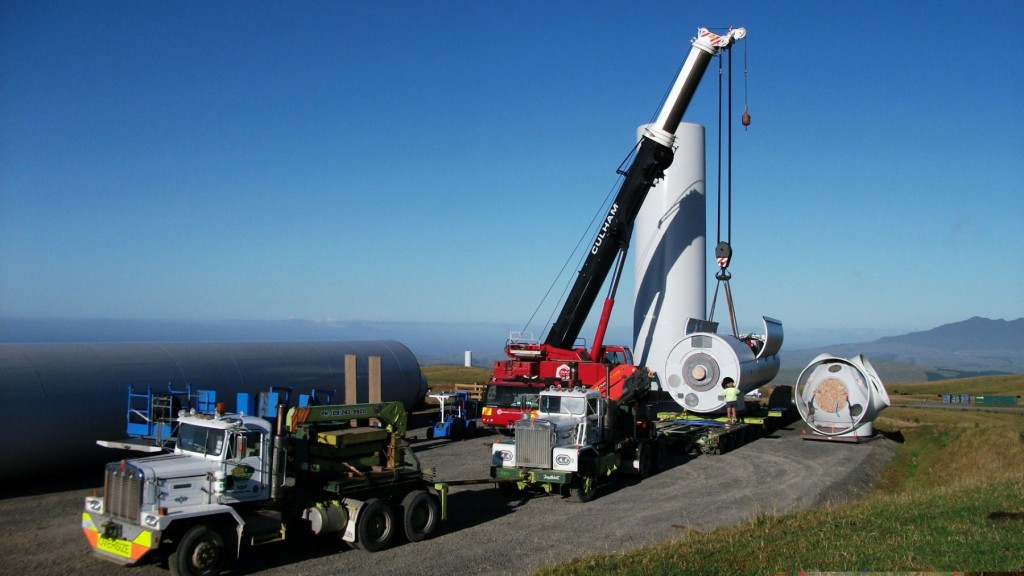

Only start the engine when seated in the operator’s seat.Check that flammable material is not scattered about or piled up near the engine. After inspection and maintenance wipe off any spilled oil or fuel. Do not leave tools, rags, or anything else in the engine compartment. Keep the engine and surroundings clean.If necessary connect an additional pipe to the exhaust pipe and expel the exhaust gases to the outside. If the engine must be started indoors, open all doors and windows to ensure good ventilation.Carbon monoxide poisoning from the exhaust fumes when the engine is running indoors.

Operational potential hazards & risk controls – mobile crane hazards and control: It is important to assess the load size and shape to determine whether lifting it in windy conditions can pose any danger. Hoisting and lifting operations in windy conditions can cause load swinging and rotating that may not only pose a danger to the riggers but also cause the crane to overload and crash. It is important to remember that wind speed increases with height. Cranes have a maximum design wind speed for safe operation once the wind exceeds that limit the crane must be taken out of service. Mobile cranes are incredible pieces of heavy machinery but they have a limit to the amount of damage they take from mother nature. However, if you are responsible for managing health and safety in your workplace, it’s important that you understand the difference between them. What Are the Most Common Hazards in the Workplace? The words ‘risk’ and ‘hazard’ are often used interchangeably. Mobile crane safety checklist, Types of Hazards in the Workplace: 7 What are the most common types of crane accidents?Ĭrane Lifting hazards and control measures.1.3 Mobile crane lifting hazards and control measures.1 Crane Lifting hazards and control measures.


 0 kommentar(er)
0 kommentar(er)
